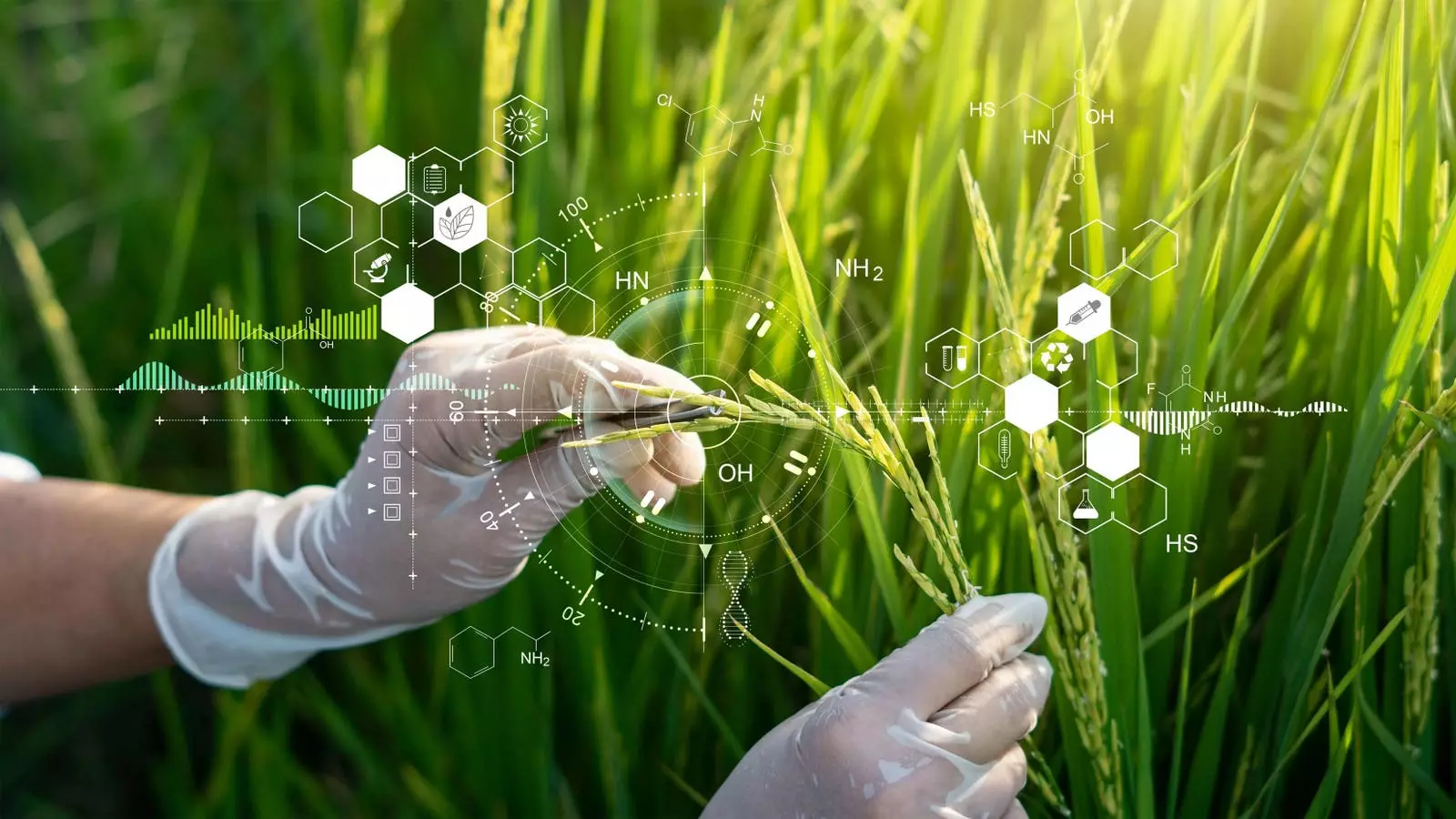As we step into 2025, the food sector worldwide is in a state of flux. Surging prices of fundamental commodities like coffee and chocolate, coupled with the evolving landscape of U.S. political dynamics, create a daunting environment filled with uncertainties. Nevertheless, astute investors are honing in on pivotal developments that stand to redefine our agricultural practices. What follows is a synthesis of insights from industry leaders regarding the future of food production and consumption—an examination of the driving forces that could reshape this vital sector.
At the forefront of agricultural challenges is soil degradation, affecting nearly one-third of farmland globally. With the health of our crops intricately linked to the quality of the soil, recovery efforts are increasingly critical for ensuring food security. Experts underline the significant role of biotechnology in addressing this dilemma. Innovations designed to offer environmentally sound replacements for harmful pesticides and overused fertilizers are gaining traction.
Sarah Sclarsic of Voyager Ventures anticipates a progressive diminution in reliance on traditional agricultural inputs. Companies integrating artificial intelligence (AI) and biotechnology are emerging as frontrunners in enhancing soil vitality and increasing crop yield. Noteworthy players include Andes.bio and Inevitable Technology, which are deploying biological solutions to cultivate more resilient crops, while data-centric firms like Trace Genomics work diligently to provide farmers with invaluable insights into soil health. The union of precision agriculture technology with biotechnology positions these solutions to revolutionize farming practices fundamentally.
Addressing health crises, particularly chronic diseases linked to nutritional choices prevalent in the U.S., represents another arena ripe for innovation. Given that heart disease remains the leading cause of death in the United States, the food industry must confront the urgent need for healthier diets. Disruptive biotech advancements are bridging gaps between nutritional science and health, enabling the formulation of solutions aimed at combating obesity and related illnesses.
Products like GLP-1-based therapies are transforming how consumers approach food and nutrition. These therapies, which regulate appetite and blood sugar levels, redefine dietary consumption patterns. Brian Bernstein from Rich’s Corporation observes that companies are likely to innovate their offerings in direct response to this infusion of health-driven awareness, paving the way for high-protein, nutrient-dense alternatives. Startups such as Thistle are leading the charge in producing wholesome, GLP-1-adaptable offerings, thereby reflecting a paradigm shift in the contemporary food landscape.
The increasing volatility of markets in recent years has underscored the pressing need for stable food production systems. The soaring prices of staple items reveal the vulnerabilities inherent in traditional agriculture. Investors are thus optimistic about biotechnological advances that promise to lessen dependence on conventional agriculture. Firms like Sunflower Therapeutics exemplify this trend by adapting pharmaceutical-grade fermentation systems for food production, potentially revolutionizing how we create everyday consumables.
The exploration of fermentation technologies and other innovative methodologies, including molecular farming, holds immense promise. As highlighted by Danielle Joseph at Closed Loop Partners, innovations designed to enhance food production and minimize waste are critical components not just for businesses, but for building resilient societies amid changing climatic conditions. This focus on efficiency and sustainability could very well result in the adaptation of more reliable food sources for the long term.
The food industry grapples with persistent challenges tied to labor shortages and supply chain inefficiencies. Recent data indicate that a staggering 82% of food service entities are competing for talent, shedding light on a looming workforce crisis. In response, investors are increasingly focusing on automation, AI, and robotics as a means to alleviate workforce limitations.
Innovative technological solutions—such as AI-driven harvesting mechanisms from companies like 4AG Robotics and robotic food preparation systems from Chef Robotics— are anticipated to overhaul existing workflows. These advancements not only aim to improve production efficacy but also alleviate the pressure from ongoing labor deficiencies, potentially offering a pathway to seamless operations across the food supply chain.
Investor enthusiasm for food technology in 2025 appears markedly more positive compared to previous years. Favorable economic conditions are emerging as corporations are expected to drive mergers and acquisitions (M&A) to secure innovative technologies. Industry insiders, like Sara Nolet of Tenacious Ventures, note that as market valuations adjust to environmental realities, the pace of strategic partnerships will likely accelerate.
A convergence of corporate investment, M&A potentials, and support from government incentives could catalyze the growth of food technology sectors. However, future scaling efforts will necessitate collaborative strategies in financing, wherein public funding and non-dilutive capital play critical roles in achieving transformative goals.
Though the food industry is fraught with challenges, there exists a landscape rich in opportunities for adaptive innovation. By embracing emerging technologies and embracing collaborative efforts, stakeholders can work towards a future that not only meets the needs of a growing population but also promotes a healthier planet. The ongoing evolution within the sector promises a blueprint for a more sustainable and resilient agricultural system, ultimately benefitting producers and consumers alike.

